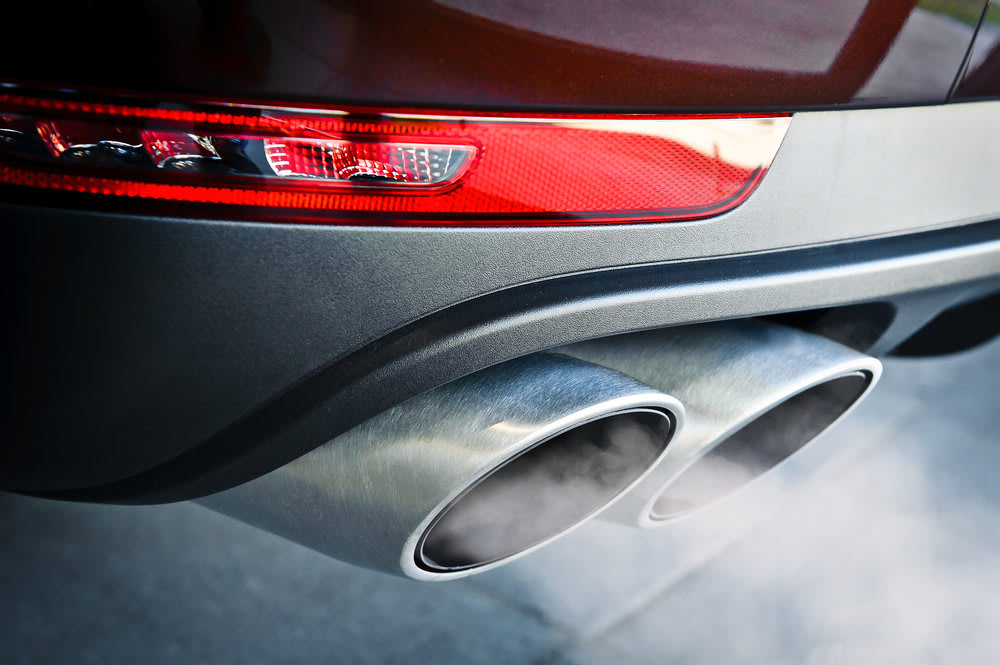

Because your car’s engine operates on combustion (burning gasoline), it creates fumes. Those fumes must be removed from the engine so they don’t smother combustion, and must be vented as far from the doors and windows as possible because of high levels of carbon monoxide. Your exhaust also contains traces of many other chemicals, some of which become pollutants in the environment. Parts of your exhaust system are designed to reduce harmful emissions.
What parts?
First, understand that most of your exhaust is simply designed to transport exhaust gases from one point (the engine) to another (the muffler). Your exhaust manifold, down pipe, A pipe, B pipe, and muffler have nothing to do with reducing emissions. They’re all about getting gases away from the engine without exposing you and your passengers to them. The muffler’s only job is to dampen the sound of your exhaust.
So, what parts are responsible for reducing emissions? You can thank your EGR valve and your catalytic converter. The EGR valve (exhaust gas recirculation valve) sends exhaust fumes back through the combustion chamber mixed with fresh air in order to burn off more particulates (this also improves fuel economy by combusting minute particles of gasoline not burned during the initial combustion).
Your catalytic converter is the real star of the show, though. It sits between two of your exhaust pipes and its only job is to get hot. It gets so hot that it burns away most of the harmful gases that would otherwise exit the muffler and pollute the air.
In the end, your exhaust system actually does a very good job of reducing harmful chemicals that might pollute the environment (although it’s not 100% effective, and will degrade over time, which is why emissions testing is so important).



